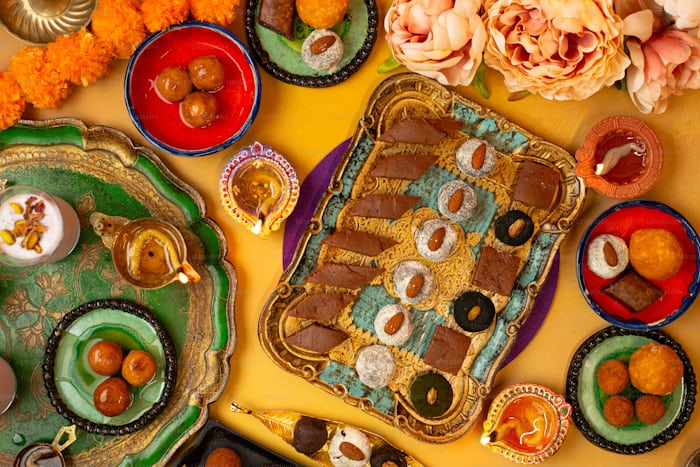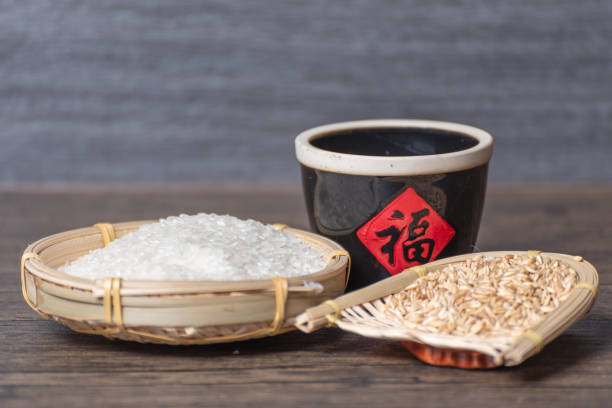Candy, a delightful indulgence loved by people of all ages, is more than just a sweet treat. It’s a product of complex chemistry, intricate artistry, and rich history that spans cultures and centuries. The vibrant colors, varied textures, and intoxicating flavors of candy have made it a universally cherished delicacy. In this article, we’ll explore the world of candy, from its origins to its production processes, and its impact on culture and society.
The Origins of Candy: A Brief History
Candy has been enjoyed by humans for thousands of years, with its origins tracing back to ancient civilizations. The word “candy” itself is derived from the Arabic word “qandi,” which means “made of sugar.” The earliest forms of candy were honey and fruit confections. In ancient Egypt, honey was mixed with fruits and nuts to create sweet delicacies, while the Greeks and Romans made similar treats by combining honey with fruits and flowers.
Sugar, a key ingredient in most candies, was not widely available until around the 16th century, when it began to be cultivated in the New World and imported to Europe. Before sugar became commonplace, people used other sweeteners like honey and molasses to create their confections. By the 18th century, sugar became more accessible, leading to the development of a wider variety of candies.
The Evolution of Candy-Making
Candy-making has evolved significantly over the centuries. Early methods were simple, often involving boiling sugar with water or milk and adding natural flavorings like fruits, nuts, and spices. These basic techniques laid the foundation for the diverse array of candies we enjoy today.
The industrial revolution in the 19th century brought about significant advancements in candy production. The invention of machines like the candy press and the steam-powered sugar mill allowed for mass production, making candy more affordable and accessible to the general public. This period also saw the invention of many iconic candies that remain popular today, such as chocolate bars, caramels, and lollipops.
The Science of Candy-Making
At its core, candy-making is a scientific process that involves the careful manipulation of sugar. The texture of candy—whether it’s hard, soft, chewy, or brittle—depends on the concentration of sugar and the temperature at which it is cooked. For example, hard candies like lollipops and candy canes are made by boiling sugar syrup to a high temperature (around 300°F or 150°C) and then allowing it to cool and solidify. In contrast, soft candies like caramels are cooked to a lower temperature (around 245°F or 118°C), resulting in a chewy texture.
The crystallization of sugar is another key factor in candy-making. In candies like fudge or fondant, sugar crystals are deliberately formed to create a smooth, creamy texture. On the other hand, in hard candies, crystallization is avoided to keep the candy clear and glassy. This is achieved by adding ingredients like corn syrup, which interferes with the formation of sugar crystals.
Flavor and color are also essential components of candy. While some candies derive their flavors from natural sources, many modern candies use artificial flavorings and colorings. These additives allow for a wide range of flavors, from the traditional (like strawberry, chocolate, and vanilla) to the exotic (like bubblegum, watermelon, and cotton candy).
Types of Candy: A World of Variety
Candy comes in an astonishing variety of forms, each with its unique appeal. Some of the most popular types include:
- Hard Candy: Examples include lollipops, candy canes, and butterscotch. These candies are typically made by boiling sugar syrup to a high temperature and allowing it to cool into a hard, brittle form.
- Chocolate: Perhaps the most beloved of all candies, chocolate is made from cocoa beans and comes in many forms, including bars, truffles, and coated confections.
- Gummy Candy: Gummy bears, worms, and other shapes are made from gelatin, sugar, and flavorings. They have a chewy texture and come in a rainbow of colors and flavors.
- Caramels and Toffees: These soft, chewy candies are made by cooking sugar and milk or cream to create a rich, buttery confection.
- Marshmallows: Made from sugar, water, and gelatin, marshmallows are light, fluffy candies often enjoyed on their own or as part of other treats like s’mores.
- Licorice: This candy is made from the extract of the licorice root and is often flavored with anise. It comes in both sweet and salty varieties and is popular in many cultures.
- Nougat: A mixture of sugar, honey, nuts, and egg whites, nougat is a chewy candy that is often found in candy bars.
Candy in Culture and Society
Candy is more than just a sweet treat; it’s a cultural phenomenon. Throughout history, candy has played a significant role in celebrations, rituals, and social practices. In many cultures, candy is a traditional gift during holidays and special occasions. For example, in the United States, Halloween is synonymous with candy, with children going door-to-door to collect sweets from neighbors.
In Japan, candies like mochi and wagashi are an integral part of tea ceremonies and are often enjoyed during festivals. In Mexico, candy is a key element of Día de los Muertos (Day of the Dead) celebrations, with sugar skulls and other sweets used to honor deceased loved ones.
Candy has also found its way into popular culture, with iconic candies like M&Ms, Skittles, and Hershey’s Kisses becoming household names. Candy wrappers, with their bright colors and bold designs, have even become collectible items, reflecting the nostalgia and joy associated with these treats.
The Impact of Candy on Health
While candy is a delightful indulgence, it’s important to consume it in moderation due to its high sugar content. Excessive consumption of sugar has been linked to various health issues, including obesity, diabetes, and dental problems. However, candy can be enjoyed as part of a balanced diet when consumed mindfully.
In recent years, there has been a growing demand for healthier candy options, leading to the development of products made with natural sweeteners, reduced sugar, and organic ingredients. These alternatives cater to health-conscious consumers who still want to enjoy the occasional sweet treat without compromising their well-being.
The Future of Candy

The candy industry continues to innovate, with new flavors, textures, and ingredients being introduced regularly. As consumer preferences evolve, so too does the world of candy. Trends like vegan candies, artisanal sweets, and nostalgic flavors are gaining popularity, reflecting the diverse tastes and values of modern consumers.
Moreover, advancements in food science are paving the way for exciting developments in candy-making. Researchers are exploring new ways to reduce sugar content, enhance flavors, and create sustainable packaging, all while maintaining the delicious appeal of traditional candies.
Conclusion
Candy is a universal language of joy, bringing smiles to faces around the world. Its rich history, intricate production processes, and cultural significance make it more than just a sugary treat. As we continue to explore new ways to enjoy candy, one thing remains certain: our love for this sweet indulgence is here to stay. Whether enjoyed during a special occasion or as a simple pleasure, candy will always hold a special place in our hearts—and on our taste buds.






Hey! Do you know if they make any plugins to assist with Search Engine Optimization?
I’m trying to get my website to rank for some targeted
keywords but I’m not seeing very good results. If you know of any please share.
Appreciate it! You can read similar text here:
Wool product
Value: Clearly, certain fragrances are going to price greater than others (Chanel versus Britney Spears’ line of perfumes, for instance).
sugar defender ingredients Discovering
Sugar Defender has been a game-changer for me, as I’ve constantly been vigilant
concerning managing my blood glucose degrees. With this supplement,
I really feel encouraged to organize my health, and my most recent clinical examinations have actually reflected a substantial turnaround.
Having a trustworthy ally in my edge provides me with a sense of security and peace of mind, and I’m
deeply appreciative for the extensive difference Sugar
Defender has actually made in my health. sugar defender ingredients
sugar defender ingredients Adding Sugar Defender to my everyday routine was one
of the best choices I’ve produced my health. I’m
careful regarding what I consume, but this supplement includes an additional layer of support.
I really feel a lot more consistent throughout the day,
and my desires have actually reduced substantially. It’s nice to have
something so basic that makes such a large difference!
sugar Defender
sugar defender Uncovering Sugar Defender has actually been a game-changer for me, as I have actually constantly been vigilant concerning managing my blood sugar level levels.
With this supplement, I really feel encouraged to take charge of my health, and my most recent medical
exams have actually shown a considerable turnaround.
Having a credible ally in my corner gives me with a sense of
security and confidence, and I’m deeply appreciative for the profound
difference Sugar Defender has actually made in my
well-being. sugar defender